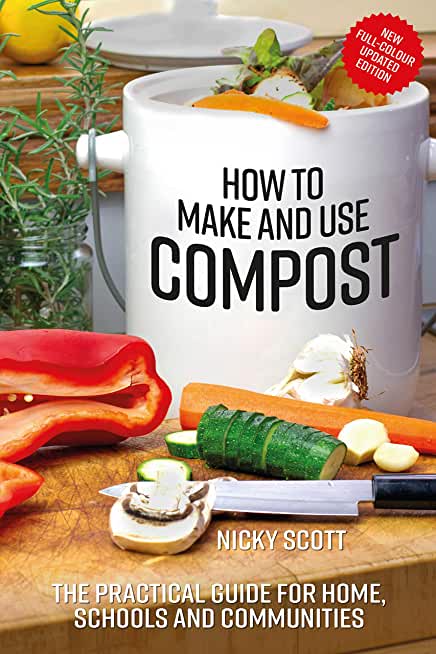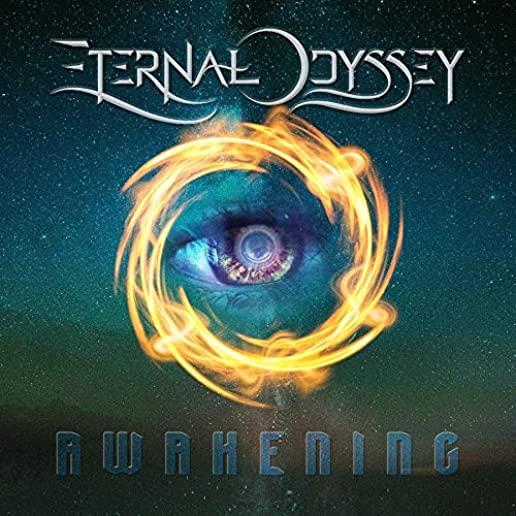
Scott, Nicky
Composting is easy and fun, it saves you money and helps you grow lovely plants. More importantly, it is good for the environment, as it massively reduces the amount of noxious methane gas generated from burying food waste in landfill. It's great for the soil and a great way to learn about nature. Written by Nicky Scott, the author of Reduce, Reuse, Recycle, this book shows you how to go about composting.
Nicky is an activist who has been teaching composting for years. He explains why making compost is so important for healthy soil and the environment, how it works and how to make your own compost, in spaces big and small. He shows how different composting systems work including cold composting, wormeries, bokashi and hot boxes. He gives guidance on the most appropriate system for your site, whether you're composting in a garden or a kitchen.
In How to Make and Use Compost, he explains:
- why making compost is so important for healthy soil and the environment
- how it works
- how to make your own compost in spaces big and small
- how different composting systems work
- the best system for your site, whether you're composting in a garden or a kitchen.
The book features an A-Z guide to what you can and cannot compost, composting techniques, common problems and their solutions. A is for Activators (such as manures, nettles and coffee grounds), Additives, Alkalinity and Ant; C is for Carbon-to-nitrogen ratio and Cardboard; O is for Odor and Oils (cooking oil can be composted in small quantities); and Z is for the excellent Zoo poo from the elephant or rhinoceros enclosures if you're lucky enough to have a zoo nearby!
The book also describes how to compost food waste on a large scale, e.g. for hotels, restaurants or cafés. Composting cooked food needs more care as it is devoid of microbial life, but even large quantities can be safely composted through "continuous throughout" or "batch" systems, which Nicky explains in detail.
Schools are also a rewarding place to start composting, as it enhances garden areas, reduces waste and gives children a great hands-on learning experience. Nicky advises on planning a school scheme, how to first reduce food waste and what to do with the many paper towels a school generates - everything to get a school scheme started.
How to Make and Use Compost includes an extensive list of resources, including websites, organizations, books and where to buy equipment.







